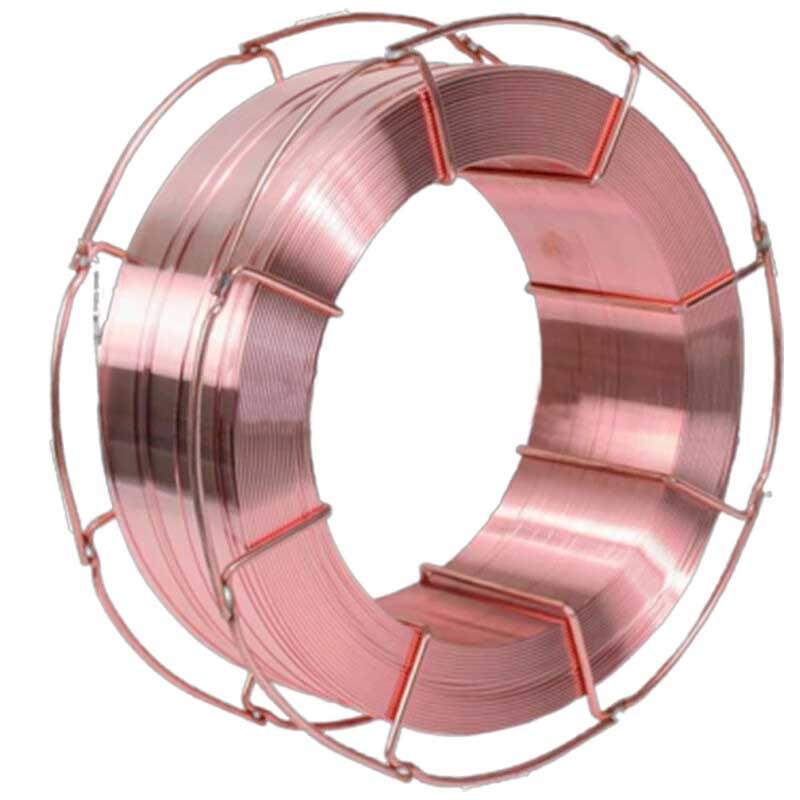mig welding wire 1.0
Understanding MIG Welding Wire The Role of 1.0 mm Thickness
MIG welding, or Metal Inert Gas welding, is widely recognized for its efficiency and versatility in various welding applications. Central to this process is the welding wire, which acts as both the filler material and the electrode. Among the various sizes available, 1.0 mm MIG welding wire has become a popular choice among welders for a variety of reasons. This article delves into the characteristics of 1.0 mm MIG welding wire and its applications in the welding industry.
Characteristics of 1
.0 mm MIG Welding Wire1. Diameter and Feedability The 1.0 mm diameter of the wire strikes a balance between ease of handling and effective deposition rates. The wire can smoothly feed through the MIG welding gun without causing jams or interruptions, which is crucial in both professional and hobbyist settings. This stability allows for continuous operation, reducing downtime and increasing productivity.
2. Filler Material Composition Typically, 1.0 mm MIG welding wire is made from carbon steel, stainless steel, or aluminum alloys, depending on the application. The choice of material dictates the mechanical properties of the weld, including strength, ductility, and corrosion resistance. For instance, ER70S-6, a common carbon steel wire, is known for its excellent weldability and is often favored for its versatility in welding different types of steels.
3. Welding Parameters Using 1.0 mm wire often requires specific adjustments to the welding machine settings. Factors such as voltage, amperage, and travel speed considerably influence the quality of the weld. For optimal performance, it is essential for welders to understand the interplay between these parameters and the wire diameter to achieve desirable results.
Applications of 1.0 mm MIG Welding Wire
mig welding wire 1.0

1. General Fabrication The versatility of 1.0 mm MIG welding wire makes it suitable for general fabrication work, from constructing metal frames to fabricating machinery components. It can be effectively used in both thin and medium-thickness materials, making it an excellent choice for various projects.
2. Automotive Repairs In automotive applications, welders often encounter differing metal gauges. The 1.0 mm wire’s ability to weld thinner materials while providing sufficient penetration makes it ideal for automotive repair tasks, such as patching panels or reinforcing structural components.
3. Home and Hobby Projects The accessibility and ease of use of 1.0 mm welding wire make it a favorite among home DIY enthusiasts and hobbyists. Whether building a custom project or fixing a household item, this wire offers a great combination of usability and quality results.
4. Industrial Applications In industrial settings, 1.0 mm MIG welding wire is frequently employed for fabricating parts and assemblies that require high-strength welds. Its ease of application and reliable performance ensure that production rates remain high while maintaining the integrity of the workpieces.
Conclusion
1.0 mm MIG welding wire stands out as a preferred choice for many welders due to its versatility, ease of use, and effectiveness across a range of applications. Whether in a professional workshop, industrial setting, or a home garage, understanding the properties and benefits of this welding wire can significantly enhance welding outcomes. As technology advances, ongoing research and development will likely lead to even more specialized MIG welding wires, pushing the boundaries of what's possible in welding technology. For now, the 1.0 mm MIG welding wire remains a staple in the arsenal of tools for both novice and experienced welders alike.
-
E316L Welding Rod: Premium 316L Stainless Steel WeldsNewsAug.11,2025
-
Premium SG2 Welding Wire | High-Quality MIG/MAG for SteelNewsAug.10,2025
-
E309 Welding Electrode: Premium Stainless Steel Stick RodsNewsAug.09,2025
-
Premium Solid MIG Wire for Strong, Reliable WeldsNewsAug.08,2025
-
E6010 Cellulose Electrode: Deep Penetration Steel Welding RodNewsAug.07,2025
-
Premium E316L Welding Rod for 316L Stainless SteelNewsAug.06,2025


